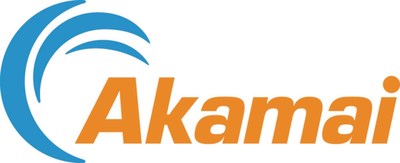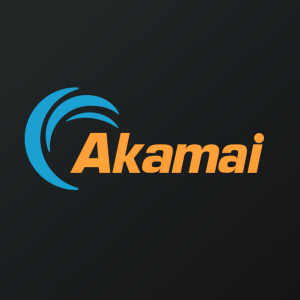Ransomware Attacks Have Doubled Over the Past Two Years, According to Akamai Research
- None.
- None.
Zero Trust and microsegmentation adoption increases in response to rise in attacks
The report is based on input from 1,200 IT and security decision-makers from around the world. Respondents overwhelmingly agreed that microsegmentation is an effective tool to keep assets protected, but deployment was lower than expected, with only
Despite slow deployments, organizations that have persevered and implemented a microsegmentation strategy across six mission-critical areas reported recovering from an attack in an average of only four hours. That's 11 hours faster than organizations that have only segmented across one critical area, underscoring the effectiveness of a Zero Trust strategy that utilizes microsegmentation.
"The cybersecurity landscape is always evolving and shifting based on the latest threat methodologies developed by cybercriminals. Whether it's defending against ransomware, new zero-days, or sophisticated phishing attacks, it's vital that organizations reevaluate their risks to protect their critical assets," said Steve Winterfeld, Advisory CISO at Akamai. "One of the key ways to do this is with a Zero Trust architecture. That means utilizing a combination of Zero Trust Network Access and microsegmentation integrated as part of a clear security strategy supported by access to staff and partners with necessary skills."
Other findings from the report include:
- Of all respondents,
93% claimed that microsegmentation is critical to help thwart ransomware attacks. - Network downtime (
44% ), data loss (42% ), and brand/reputation damage (39% ) were the most common issues impacting organizations after a ransomware attack. - The
U.S. andGermany reported the most ransomware attacks over the past year, with theU.S. at 115 andGermany at 110. India leads the way in segmentation, with58% of organizations reporting more than two assets/areas being segmented, followed byMexico with48% andJapan with32% .
Methodology
Akamai partnered with Vanson Bourne to interview 1,200 IT and security decision-makers in 10 countries to measure the progress organizations have made in securing their environments, focusing on the role of segmentation.
They were asked questions related to their IT security approaches and segmentation strategies, as well as about the threats their organization faced during 2023. These findings give us insight into how security strategies have changed since 2021, and where progress still needs to be made.
Security personnel and decision-makers from the
About Akamai
Akamai powers and protects life online. Leading companies worldwide choose Akamai to build, deliver, and secure their digital experiences — helping billions of people live, work, and play every day. Akamai Connected Cloud, a massively distributed edge and cloud platform, puts apps and experiences closer to users and keeps threats farther away. Learn more about Akamai's cloud computing, security, and content delivery solutions at akamai.com and akamai.com/blog, or follow Akamai Technologies on X, formerly known as Twitter, and LinkedIn.
Media Contacts:
Akamai PR
AkamaiPR@akamai.com
Akamai IR
invrel@akamai.com
![]() View original content to download multimedia:https://www.prnewswire.com/news-releases/ransomware-attacks-have-doubled-over-the-past-two-years-according-to-akamai-research-301977715.html
View original content to download multimedia:https://www.prnewswire.com/news-releases/ransomware-attacks-have-doubled-over-the-past-two-years-according-to-akamai-research-301977715.html
SOURCE Akamai Technologies
FAQ
What is the focus of Akamai Technologies' report?
How many ransomware attacks did organizations surveyed experience in the past 12 months?
What percentage of organizations that deployed segmentation also implemented a Zero Trust security framework?
What percentage of organizations segment across more than two critical areas?








